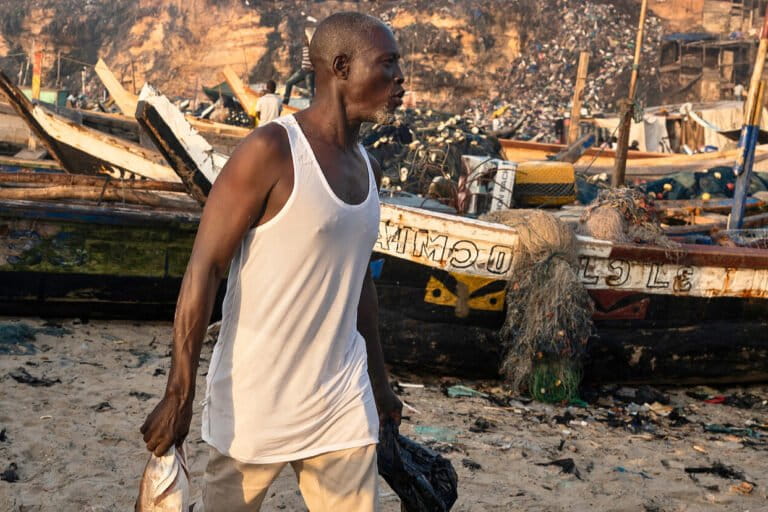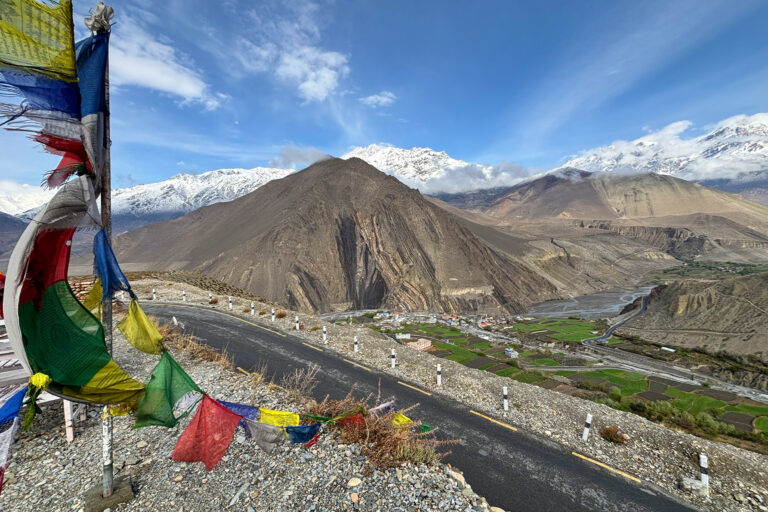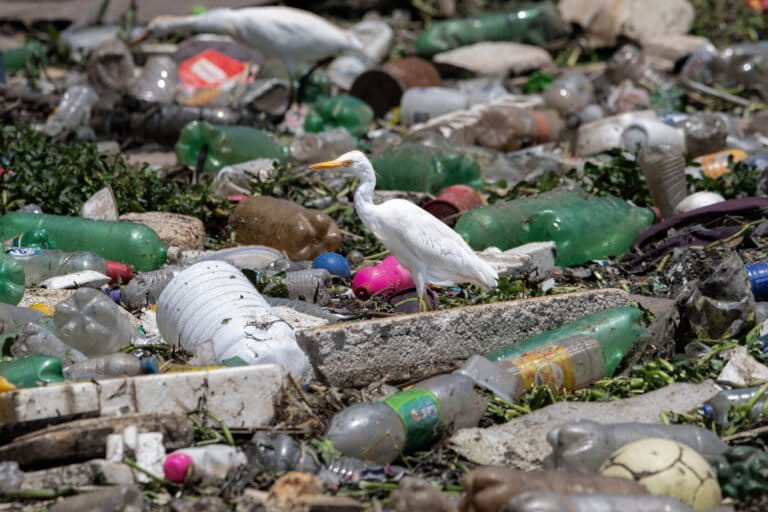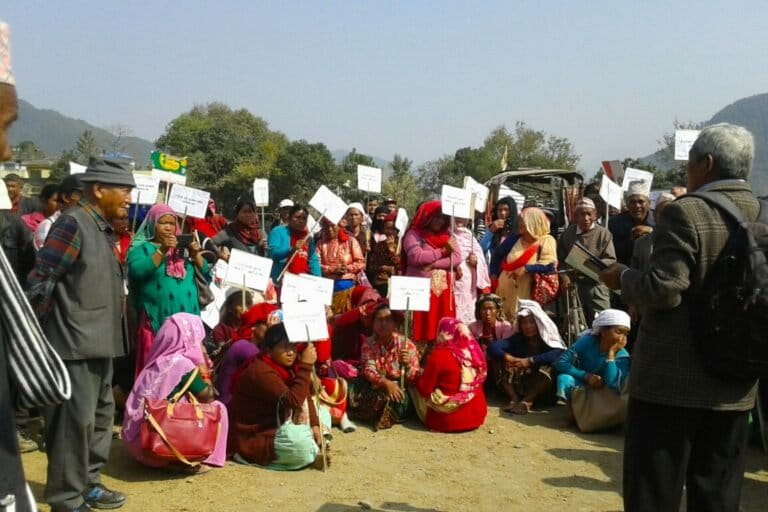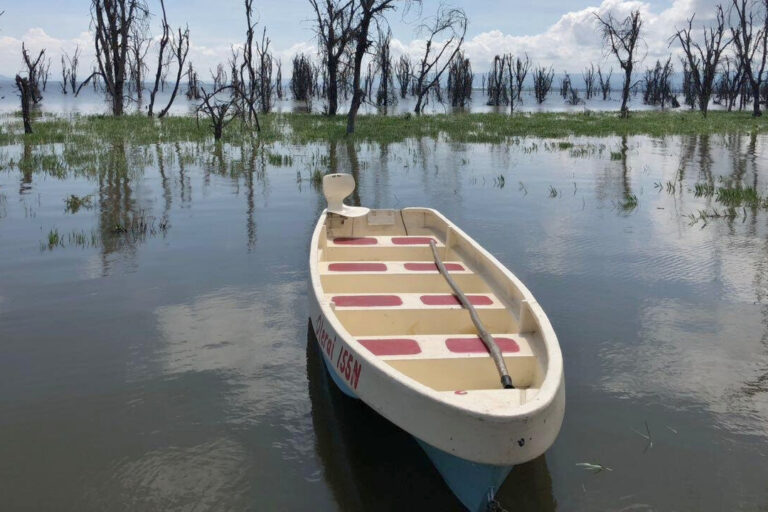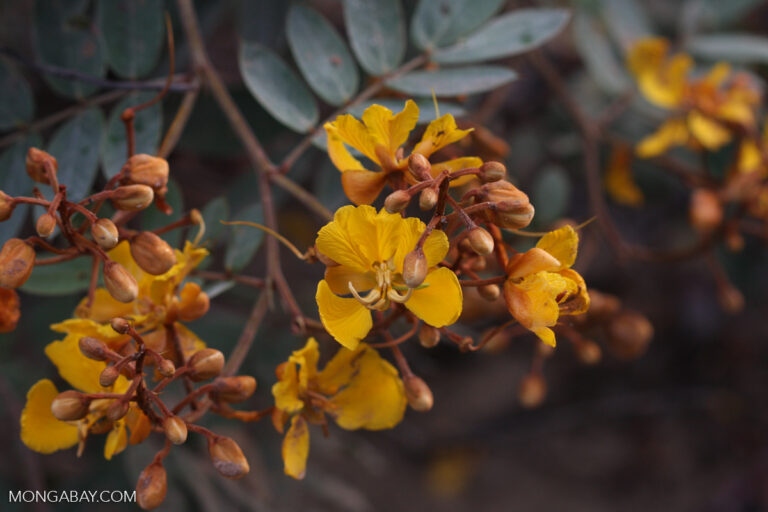- The Gordon and Betty Moore Foundation has allocated an additional $300 million toward the Andes-Amazon Initiative to continue biodiversity and forest conservation efforts in the region until 2031.
- To date, the initiative has been successful in conserving 400 million hectares (988 million acres) of land, about half the size of Brazil, since its establishment in 2003.
- New targets include ensuring 100 million hectares (247 million acres) of freshwater and forest ecosystems, as well as Indigenous and local communities’ lands, are effectively managed.
- To safeguard the resilience and health of the Andes-Amazon region’s ecosystems, at least 70% of its historic forest cover must remain intact, a threshold the initiative will exceed if it hits its new targets, says Avecita Chicchón, program director of the Andes-Amazon Initiative.
To support ongoing conservation efforts in the Amazon rainforest, the Gordon and Betty Moore Foundation is putting an additional $300 million toward its Andes-Amazon Initiative, which is the largest private philanthropic push to protect and conserve Earth’s biggest tropical forest. The extension of the initiative will bring the foundation’s projected investment in the region from 2003-2031 to more than $800 million.
Since its establishment in 2003, the Gordon and Betty Moore Foundation’s signature project, the Andes-Amazon Initiative, has helped extend protected status to 400 million hectares (988 million acres) of land across the Amazon Basin. The foundation now plans to boost this number by ensuring effective management of an additional 100 million hectares (247 million acres) in the region by 2031.
Funding will go toward ensuring that 50 million hectares (123 million acres) of Indigenous and local community territories, and another 50 million hectares of freshwater and forest ecosystems, are effectively managed. The Andes-Amazon Initiative has the goal of ensuring the long-term ecological integrity and climatic function of the Amazon Basin.
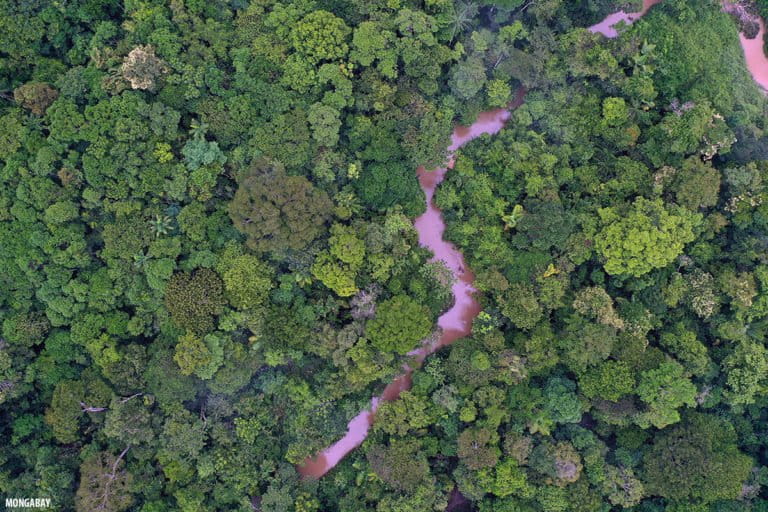
“Earth’s largest remaining rainforest, the Amazon, provides one-fifth of the world’s fresh water, is home to the planet’s most diverse collection of birds, mammals, freshwater fish and plants, and serves as an immense carbon sink, making it a vital part of regulating climate and mitigating change,” the foundation said.
The initiative’s success in conserving 400 million hectares of land in the Amazon is about 50% of the planned original forest cover, according to Aileen Lee, chief program officer for environmental conservation at the foundation. Avecita Chicchón, program director of the Andes-Amazon initiative, says this conserved and managed area includes land inside and outside of protected areas.
The initiative supports in the creation of Indigenous lands and protected areas in the Amazon, and has seen measurable progress, according to an external evaluation report.
In the past 20 years, through various regional organizations, the initiative has helped established new protected areas in the region along with Indigenous lands, supported sustainable land-use policies, and implemented continuously improving management strategies, all of which have combined to slow the rate of deforestation dramatically.
“Based on their knowledge of the region, the expert panel considers that […] the protected areas which have received AAI [Andes-Amazon Initiative] investment are part of a portfolio that effectively retains areas of high biodiversity and ecological integrity,” another evaluation of the initiative says.
The Andes-Amazon Initiative is supporting NGOs, Indigenous organizations, research institutions, governmental agencies and committed private sector partners.
Mongabay did not receive responses on the progress of conservation efforts from organizations and institutions receiving funding at the time of reporting.

Conserving more land
According to the Gordon and Betty Moore Foundation, still more needs to be done to safeguard the Andes-Amazon region. The external evaluation of the initiative’s work released late last year stated as much, even as it underscored its success.
“Projections continue to suggest that to safeguard the resilience and health of the Andes-Amazon region’s ecosystems, at least 70% of its historic forest cover must remain intact,” Chicchón said.
To achieve this goal, it’s critical that action be taken over the next decade until 2031, Chicchón said, adding it’s important to act now and boldly even if goals are dubbed risky.
If the initiative hits its new target within the next decade, it will exceed the 70% threshold.
As such, the initiative plans on further improving its strategies from lessons learned.
“The evaluation report helped focus our attention on a few key indicators of progress — things that include changing human behavior, building coalitions for more effective impact, and developing new narratives that inform and educate decision-makers,” Chicchón said in an email to Mongabay.
“Political will can be a major bottleneck within and outside Amazonian countries, and these kinds of indicators can help us track how to manage adaptively to reach these important new targets by the end of the next decade.”
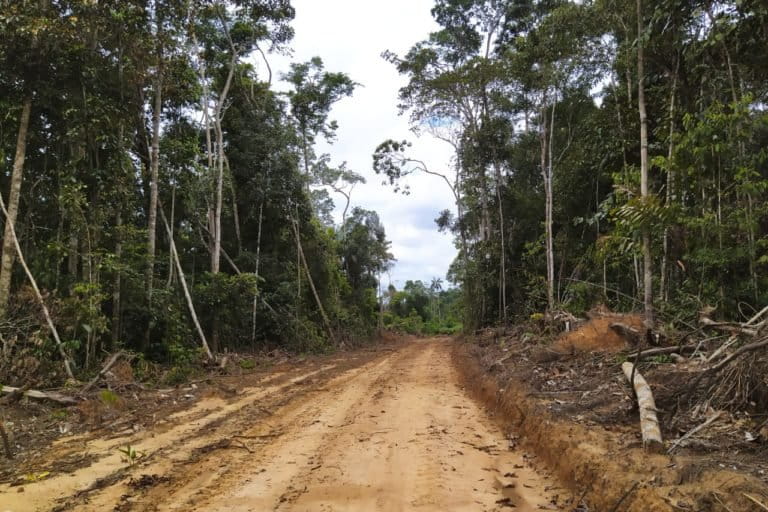
The targets of the initiative’s new chapter also include redirecting and reducing the drivers of habitat change in Bolivia, Brazil, Colombia, Ecuador and Peru by identifying infrastructure projects that may fragment forests and freshwater ecosystems in the five countries and fail to account for long-term social benefits.
“These factors have been important when it comes to planning road and dam projects,” Chicchón said.
The initiative will also examine the impact of non-renewable resources extraction activities such as oil and gas production, and mining.
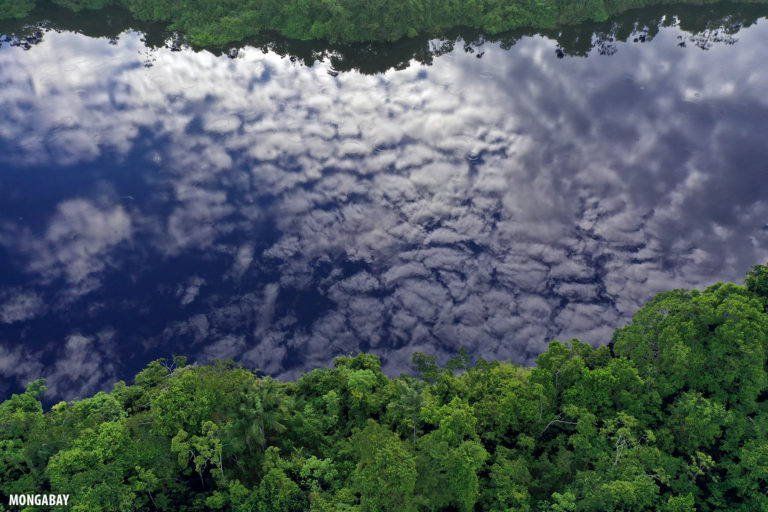
The extension of the initiative comes as a pivotal moment for the Amazon, which scientists say may be approaching an ecological tipping point where the vast swathes of the region’s rainforest shifts to dry forest and savanna. Such a transition would have dire impacts on biodiversity, carbon sequestration, fire regimes, and regional rainfall.
Banner image: The Amazon rainforest. Photo by Rhett A. Butler for Mongabay.
Related listening from Mongabay’s podcast: A conversation with Victoria Tauli-Corpuz and Zack Romo about Indigenous rights and the future of biodiversity conservation. Listen here:
FEEDBACK: Use this form to send a message to the author of this post. If you want to post a public comment, you can do that at the bottom of the page.






